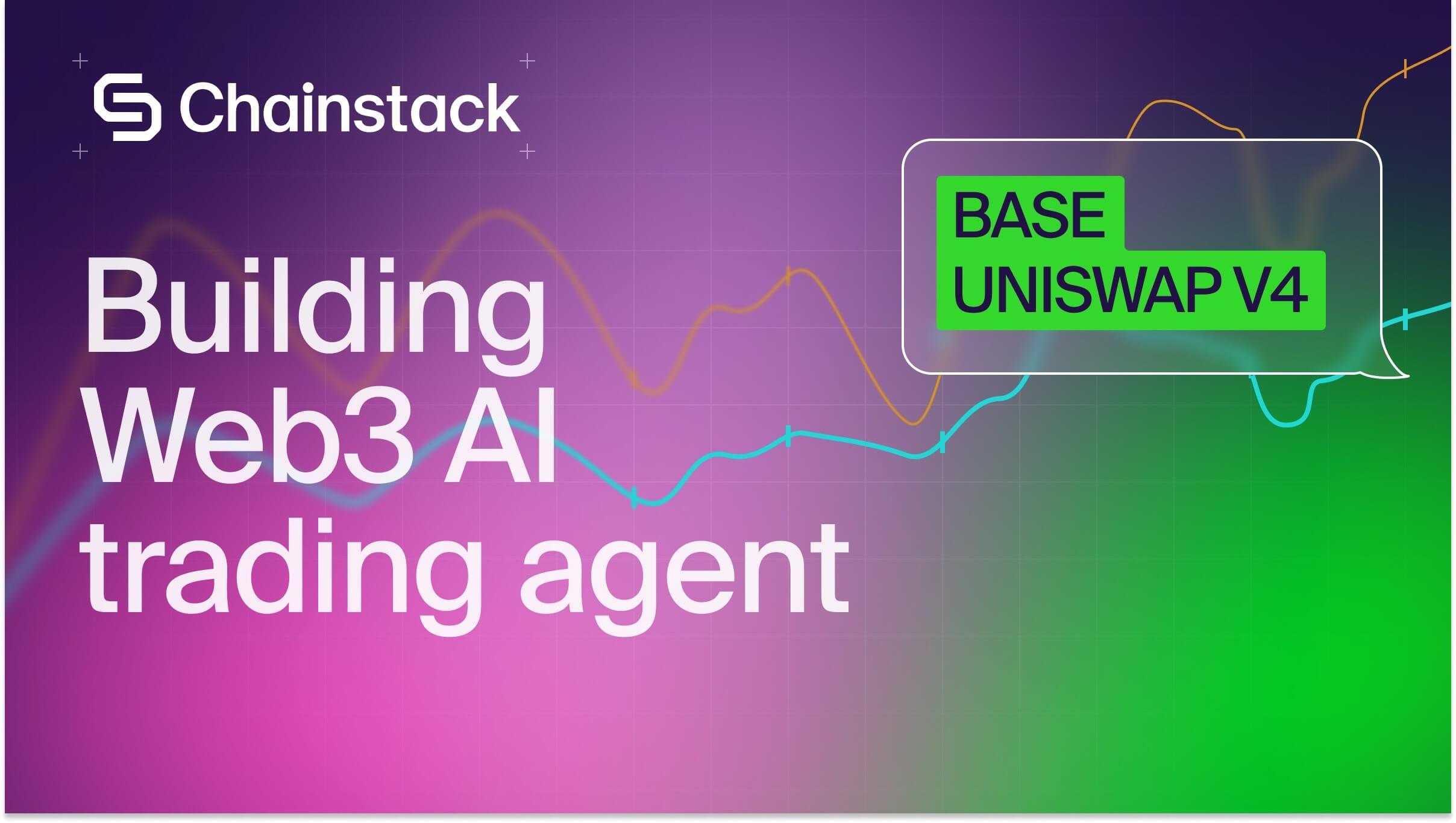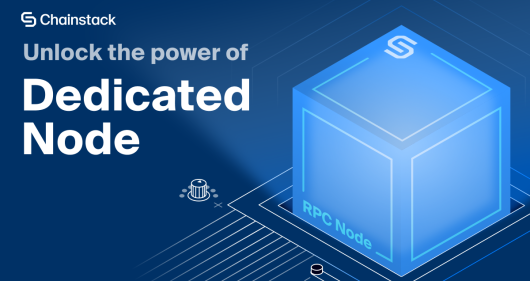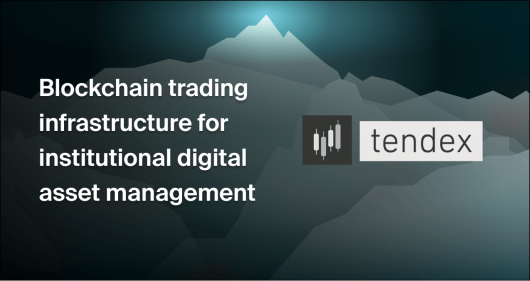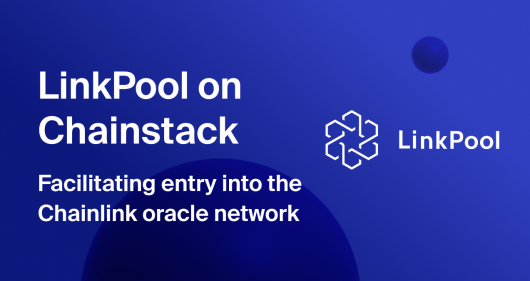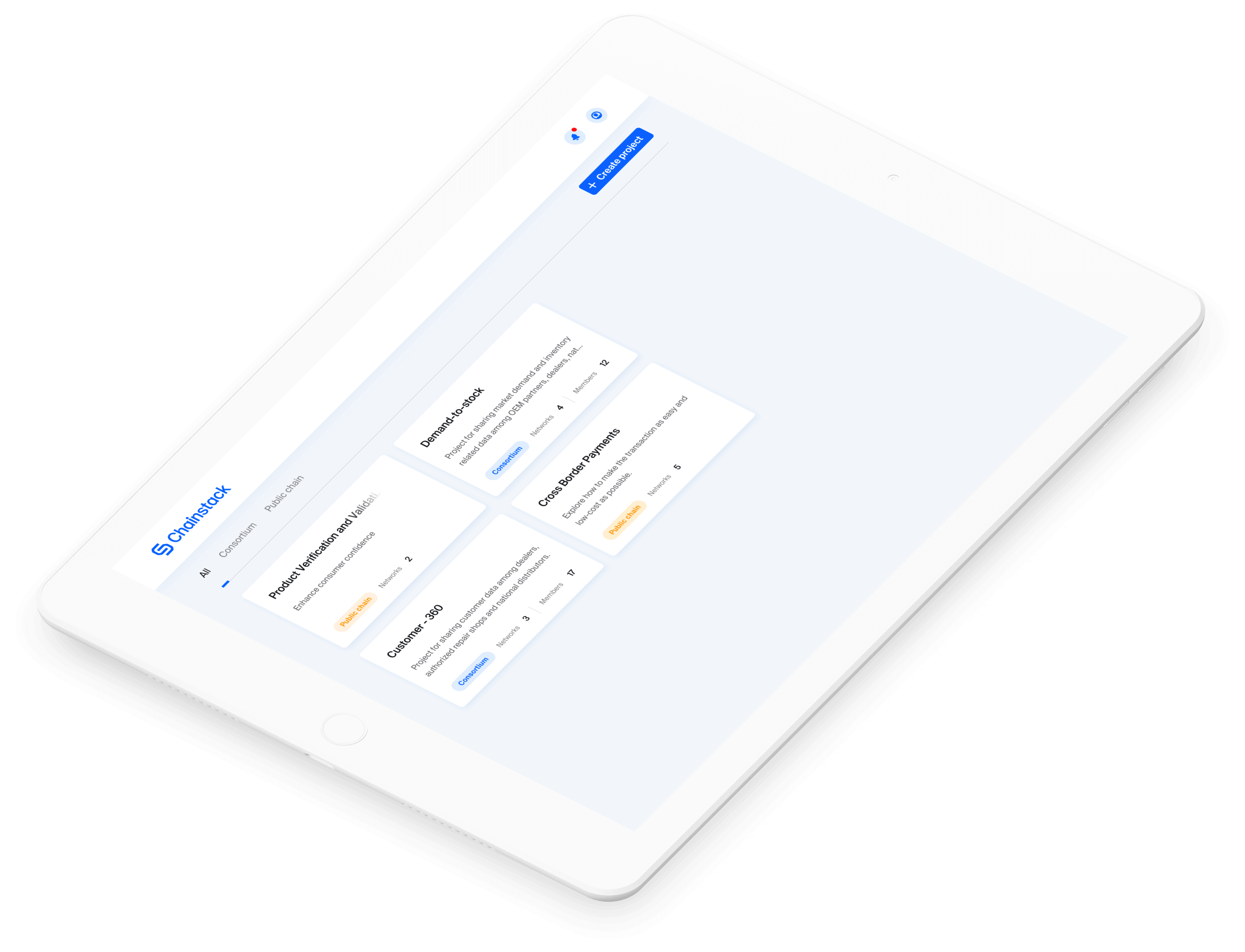Distributed ledger technology network infrastructure remote management
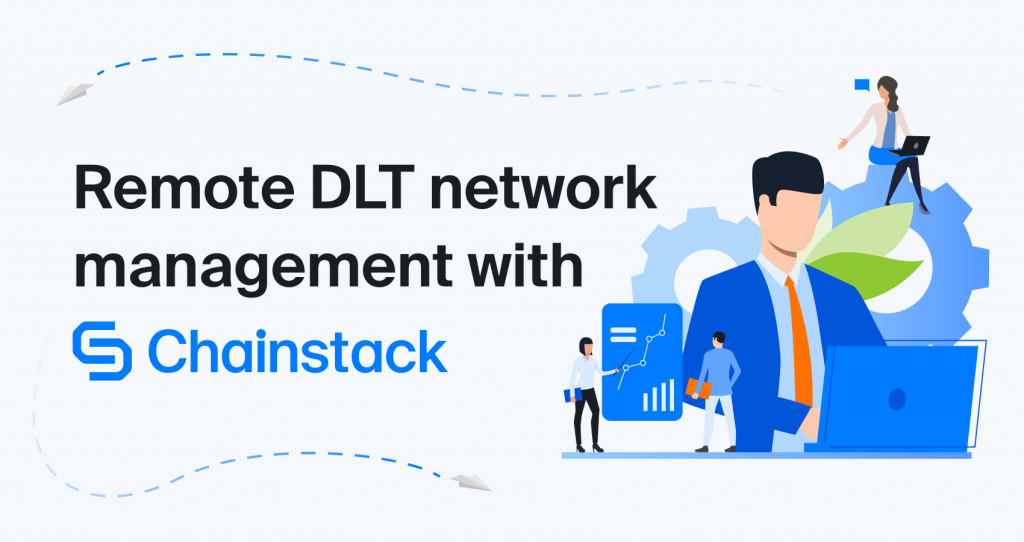
As companies increasingly move their operations to the cloud, there have been significant changes in the way that the network and application architecture have been managed. With remote management capabilities, teams can access their hardware and the systems running on it from anywhere, without having to be available on-premises, or even tunnel through a VPN. Now, with the growing interest in distributed ledger technology (DLT), a new set of challenges arises.
DLT is about network effects, where the value of the network increases as the number of members grows. However, the nature of these global networks means they are likely to be made up of many managed nodes running across heterogeneous infrastructure and spread over various countries, regions, or continents. Even just within a single organization. Moreover, as new projects continue appearing to address different use cases, from trade finance to supply chain, these nodes will potentially be hosting many different applications running on different protocols.
This all begs the question: how can DevOps teams remotely deploy, monitor, manage, and scale this infrastructure and applications with the level of flexibility, security, and usability that they’ve come to expect when working with similar modern systems?
Looking for solutions to complex problems
These are the kinds of problems we’ve been working to solve at Chainstack, where we provide managed blockchain services to help reduce the friction in orchestrating complex blockchain infrastructure. We’ve been focused on the idea that teams should be able to effortlessly manage their infrastructure across any environment, completely remotely.
To achieve this in a way that is scalable for us as well as our customers, the team has had to work on ensuring our suite of orchestration tools is applicable across any modern environment and accessible at any time. Tech teams should have the ability to deploy where they need, from multi-cloud networks to on-prem infrastructure, without delay and intervention. Furthermore, these teams should not have to deal with the complex questions of how to scale their architecture beyond just themselves, but to other network participants as well. All of this while monitoring their resources, scaling, healing where needed, and handling downtime.
How to fix the status quo
So how are people doing it today? What we’ve seen is an abundance of custom scripts and complex processes, all of which need updating for every protocol change and for different cloud providers. Teams are working with a variety of tools to manage everything—all plugged together to create custom deployment and monitoring packages that require knowledge of several different systems and processes to keep up and running.
For this reason, Chainstack is now rapidly developing its platform to work with all the tools these teams already use on a daily basis. From integrating into CI/CD pipelines for application development and deployment, to securely accessing hardware security modules that manage keys, and deploying into existing cloud accounts across the globe.
Monitoring is also a key component for any team tasked with managing infrastructure, particularly when that infrastructure is highly distributed. Our product team is currently working on taking our own internal monitoring tools and exposing them to every Chainstack user’s dashboard. This will ultimately provide a holistic view of the health and performance of resources regardless of which cloud environment they live in. Whether you are running a Quorum network for testing with a single node, or hundreds of nodes across multiple projects on R3 Corda and Hyperledger Fabric consortia.
Bells and whistles aside, Chainstack’s customers are already discovering that they’ve been able to work with more flexibility, and with increased peace of mind in the knowledge that downtime and infrastructure complications are less of a concern. These issues are now being handled automatically without the need for intervention.
Remote distributed ledger technology infrastructure management
Ultimately, managed infrastructure is an evolving ecosystem. Technical teams are increasingly looking for how they can reduce the cost, time, and risk involved with operating global, highly available systems in a way that makes sense for them. For context, the value of the staff-hours required to manually manage such systems by a Cloud and DevOps team can quickly surpass $100,000/year. Now we can instead augment these teams’ capabilities with remote DLT management tools like Chainstack. These tools can reduce the time spent building, monitoring, and supporting custom solutions, all for the cost of a SaaS platform that’s 99% cheaper than doing it independently.
Furthermore, as DLT networks grow out of the prototype stage, they start to onboard multiple participants, each with their own infrastructure setups and requirements. Chainstack has managed to enable these kinds of projects to scale almost effortlessly, where multiple parties can collaborate from anywhere, without ever having to trust each other or even meet in person.
The process of deploying and managing DLT networks is already fraught with complexities, but with the market rapidly developing, we believe that these types of tools that simplify the process are essential to its sustained growth. It’s for this that we have been seeing the rise of managed blockchain services which, according to Gartner, will handle a significant portion of all DLT networks in the next 5-10 years.
The market is now looking not only for support in running their infrastructure and application stack but for additional tools and services that supplement the core offering in providing the ability to remotely modify, monitor, and adjust their network resources. Wherever they may be in the world.
Start building
Get started managing a network of distributed nodes from anywhere. You can experience remote DLT management today by signing up at console.chainstack.com.
Join our community of innovators
- To learn more about Chainstack, visit our Knowledge Center or join our Discord server and Telegram group
- Sign up for a free Developer account, or explore the options offered by Growth or Business plans here.
- Take a look at our pricing tiers using a handy calculator to estimate usage and number of nodes.
- Subscribe to our email updates, and be the first one to know about new releases, partnerships and events.
 Ethereum
Ethereum Solana
Solana TON
TON Base
Base BNB Smart Chain
BNB Smart Chain Sui
Sui Unichain
Unichain Aptos
Aptos TRON
TRON Ronin
Ronin zkSync Era
zkSync Era Sonic
Sonic Polygon
Polygon Gnosis Chain
Gnosis Chain Scroll
Scroll Avalanche Subnets
Avalanche Subnets Polygon CDK
Polygon CDK Starknet Appchains
Starknet Appchains zkSync Hyperchains
zkSync Hyperchains











